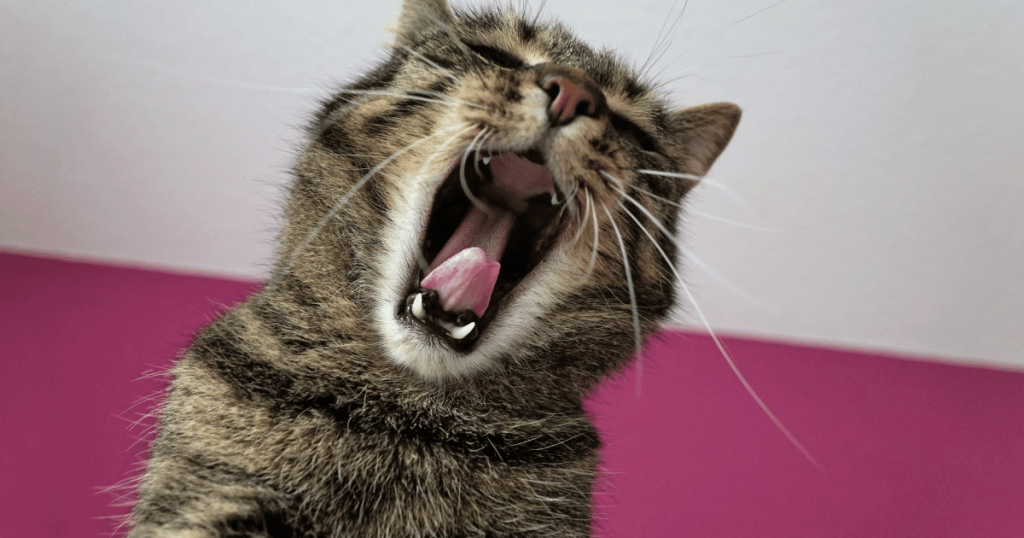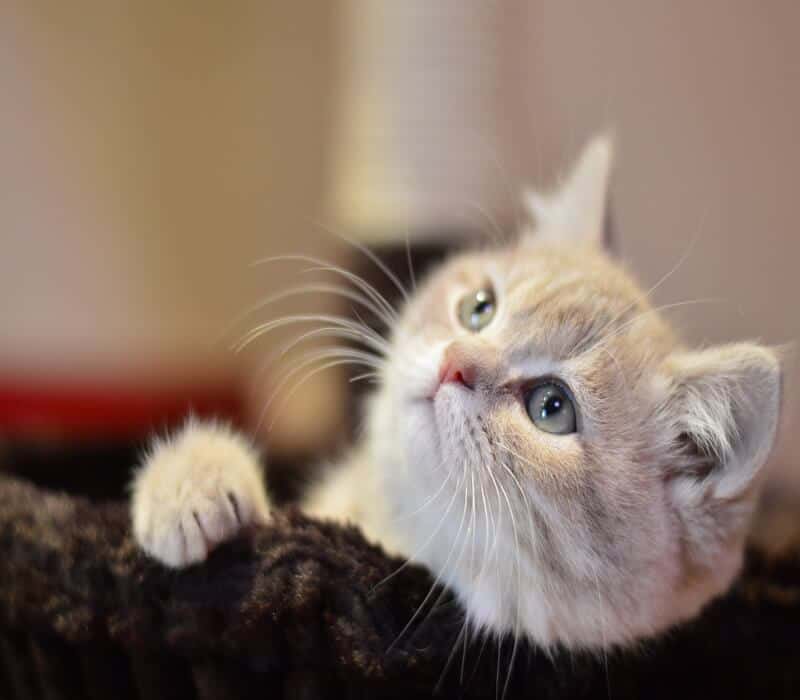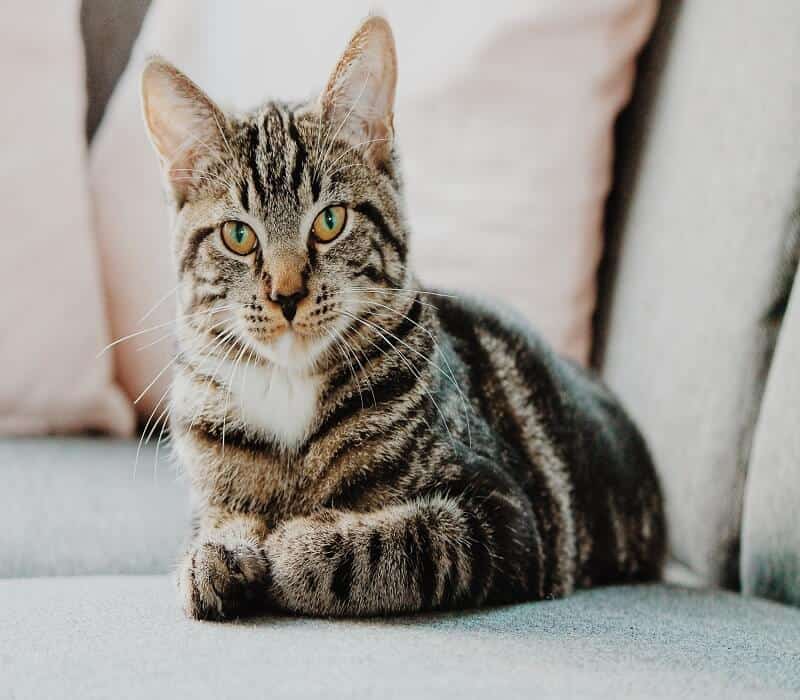
Your cat’s behavior can be a complex tapestry of signals and actions, but nothing leaves a pet owner more puzzled than the mysterious elbow bite.
Why does your cat bite your elbow, of all places? Is it a sign of affection, a cry for attention, or perhaps a symptom of an underlying issue?
This isn’t just a quirky feline idiosyncrasy—it’s a question that delves into the intricate world of cat psychology and behavior.
Without further ado, let’s find out why your furry friend does that!
Understanding Feline Behavior: The Basics
Before we dive into the elbow-specifics, it’s crucial to understand some basics of feline behavior.
Cats communicate through a combination of vocalizations, body language, and yes, even biting. While biting can sometimes be a sign of aggression or discomfort, it can also serve as a form of communication or play.
Understanding the context in which the biting occurs can offer valuable clues into why your cat is targeting your elbow.
The Context Matters: When Does the Biting Happen?
Understanding the context in which the elbow biting occurs can offer valuable clues.
Here are some scenarios and what they might mean:
During Petting or Cuddling
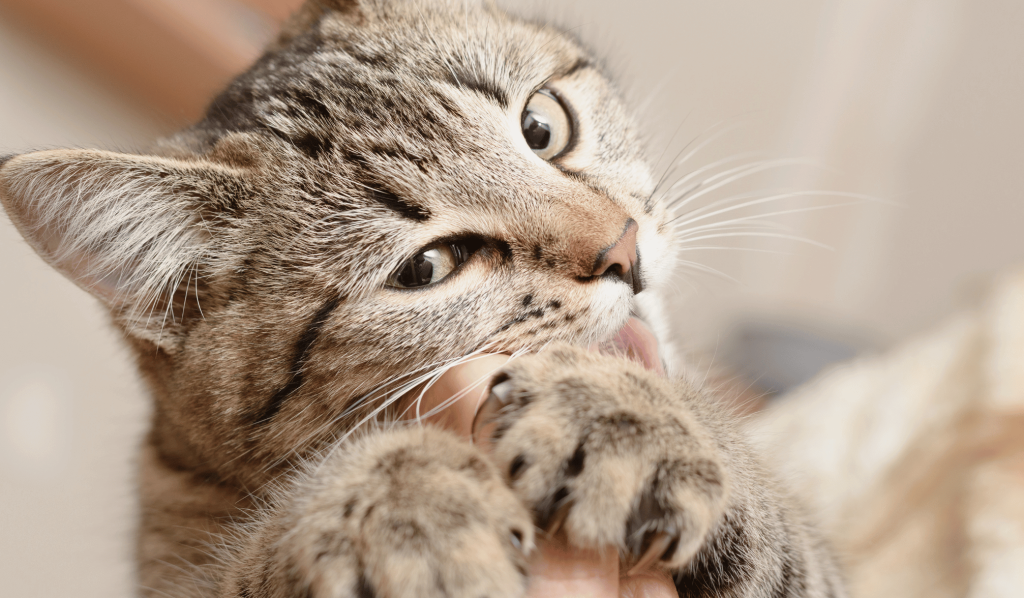
If your cat bites your elbow while you’re petting or cuddling them, this could be a sign of overstimulation.
Cats have different tolerance levels for physical affection, and what starts as a pleasant petting session can quickly become too much for them. In such cases, the bite is a signal for you to stop.
While You’re Busy
If the elbow biting happens when you’re engrossed in work or watching TV, this could be your cat’s way of demanding attention.
Cats can become jealous of anything that takes your focus away from them, and a quick bite can be an effective way to become the center of your world again.
In a High-Stress Environment
If the biting occurs in a noisy or chaotic setting, your cat could be stressed or anxious. The bite might be a way for your cat to cope with the sensory overload or to communicate their discomfort to you.
The Emotional State: Decoding Your Cat’s Feelings Through Biting
While the context provides the setting, your cat’s emotional state serves as the backdrop that influences their actions.
Here’s how to interpret those elbow bites based on what your cat might be feeling:
Affection or Bonding

Believe it or not, a gentle bite can be a sign of affection. In the feline world, mutual grooming or nibbling is a bonding activity.
If the bite is soft and your cat is purring or kneading, they might be expressing love and comfort.
However, it’s crucial to differentiate between a gentle nibble and a hard bite, as the latter could indicate discomfort or stress.
Frustration or Boredom
If your cat seems restless, pacing around before delivering that elbow bite, they might be bored or frustrated. This is especially likely if they haven’t had much physical or mental stimulation.
In this case, the bite serves as an outlet for their pent-up energy and a plea for engagement.
Anxiety or Fear
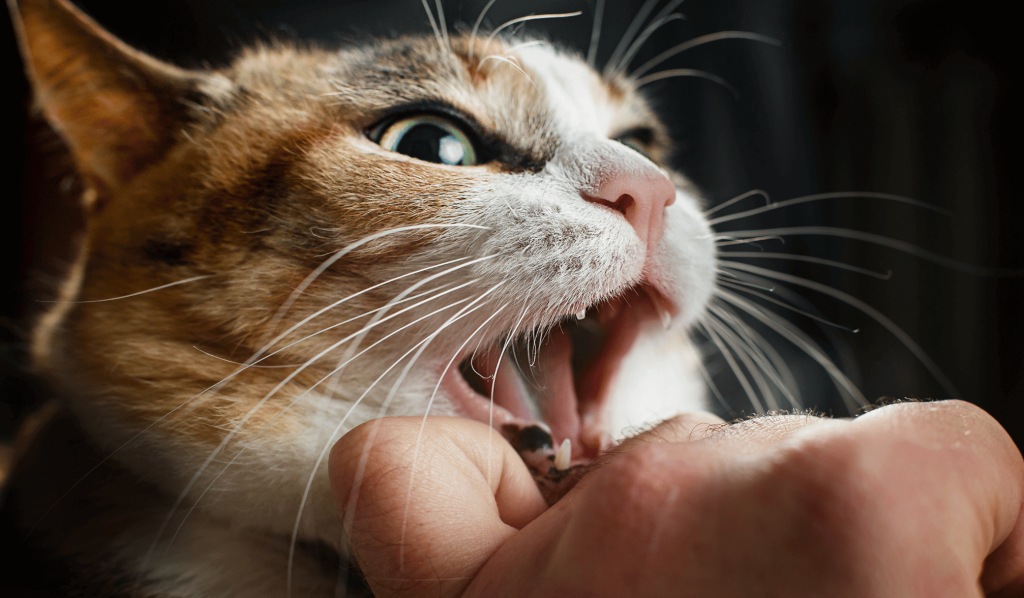
A sudden, sharp bite, especially accompanied by dilated pupils or a low growl, could indicate that your cat is anxious or scared. This type of bite is a defensive mechanism and a signal for you to back off.
It’s essential to identify the source of their anxiety, whether it’s a new environment or perhaps another pet, and take steps to alleviate it.
The Attention Factor: A Nudge for Engagement
Cats are experts at getting attention, and sometimes a bite is their way of saying, “Hey, focus on me!”
If you notice that the elbow bites often happen when you’re engrossed in something else—be it work, a book, or a TV show—your cat might be using a bite as a tactic to redirect your attention towards them.
Medical Concerns: When to Consider a Vet Visit
While elbow biting is often a behavioral quirk in cats, there are specific signs that should prompt you to consider consulting a veterinarian.
- Persistent or Intense Biting: If the elbow biting is frequent, intense, or appears to cause your cat visible discomfort, a vet visit may be warranted.
- Accompanying Physical Symptoms: If the elbow biting is accompanied by other physical symptoms like limping, excessive licking, or vocalizations, it’s advisable to consult a vet to rule out any underlying issues.
- Sudden Behavioral Changes: A sudden onset of elbow biting, especially when accompanied by other changes in behavior like hiding or avoiding interaction, may indicate the need for a professional evaluation.
- Non-Responsiveness to Behavioral Interventions: If you’ve tried various methods to curb elbow biting and see no improvement, consulting a vet to rule out any underlying issues may be necessary.
Conclusion
In the grand scheme of things, your cat biting your elbow might seem like a small, quirky detail.
But as any cat owner knows, these little behaviors are the spice that makes life with a feline so interesting—and sometimes, so puzzling.
Whether it’s a sign of affection, a call for attention, or a cue for a vet visit, understanding the ‘why’ behind the bite can deepen the bond between you and your furry friend.
So the next time your cat decides your elbow looks particularly bite-worthy, you’ll be well-equipped to respond in the best way possible.
We're an affiliate
We hope you love the products we recommend! Just so you know, gameraround.com is a participant in the Amazon Services LLC Associates Program, an affiliate advertising program designed to provide a means for sites to earn advertising fees by linking to Amazon.com.

